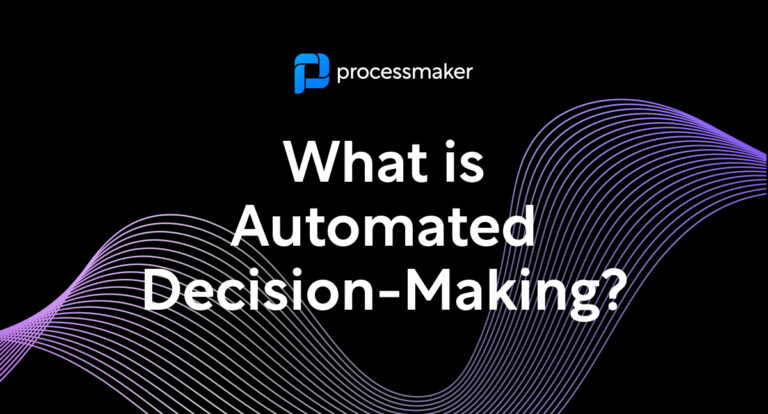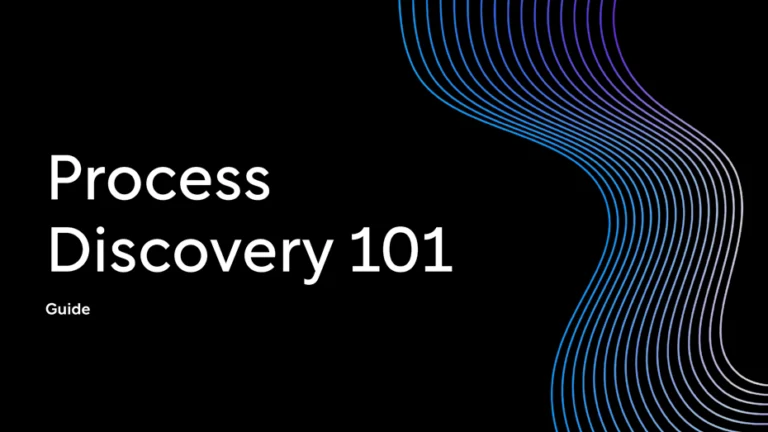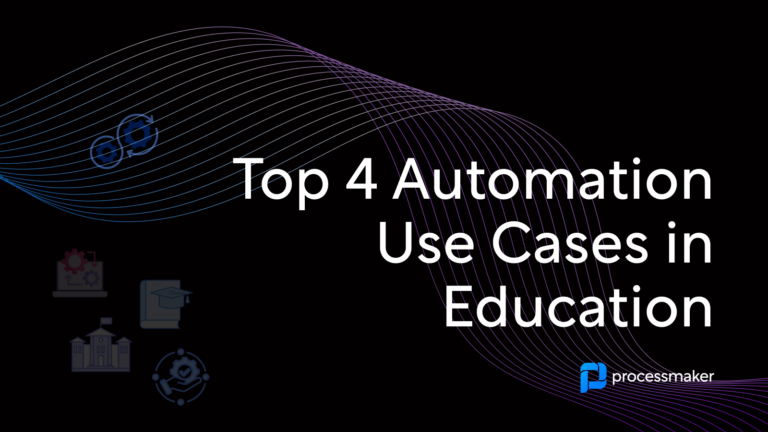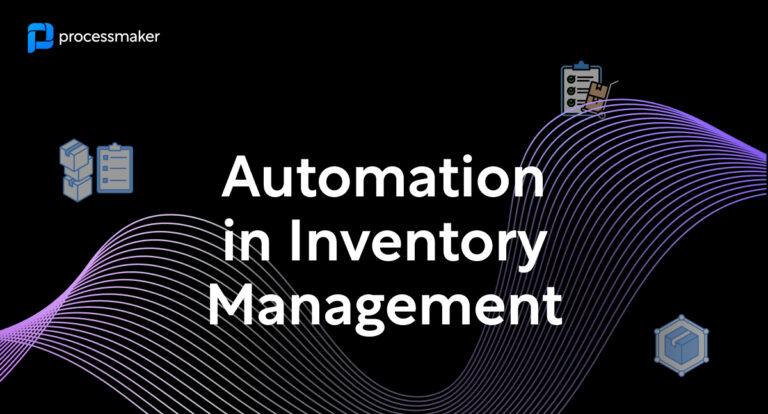Imagine having a trusted advisor who could analyze mountains of data in seconds, enabling you to make decisions faster and with greater certainty. Automated decision-making has become this silent yet powerful partner, redefining how businesses operate, and how we live our lives.
From streamlining supply chains to predicting customer behaviors, automated decision-making is steering us toward new frontiers of efficiency, accuracy, and innovation. But what exactly is automated decision-making, and how can it reshape your work, productivity, and future?
This blog dives deep into the essence of automated decision-making, its real-world applications, benefits, and challenges, and why it might just be the game-changer for those prepared to harness its potential.
What Is Automated Decision-Making?
At its core, automated decision-making (ADM) represents the use of technology to make choices autonomously, often guided by AI and machine learning algorithms. These systems take data, analyze it, evaluate the options, and make actionable decisions—all without constant human intervention. ADM processes data to recommend (or even execute) the best course of action in countless situations, both simple and complex.
Examples in Action
- E-commerce: Product recommendation engines suggest items you’re likely to purchase, based on your browsing history.
- Healthcare: Algorithms analyze patient data to detect early signs of diseases, enabling proactive rather than reactive care.
- Finance: Fraud detection systems automatically identify suspicious transactions and flag them for further monitoring.
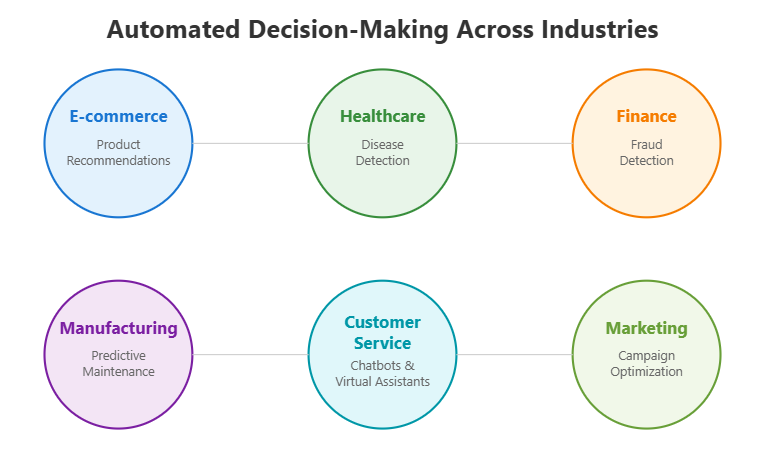
Why Automated Decision-Making Matters
1. Faster Decision-Making
Gone are the days when decision-making relied on relentless back-and-forth emails or hours spent decoding spreadsheets. ADM compresses decision times from hours to mere seconds, enabling faster response times and enhancing overall productivity.
For instance, a bank can instantly decide whether to approve or deny a loan application based on pre-defined criteria. This speed benefits not only businesses but also creates better customer experiences.
2. Eliminating Human Error
Humans, especially when tired or under pressure, are not immune to biases, distractions, or fatigue. ADM, when properly designed, eliminates these irregularities by adhering strictly to the data and pre-set rules. For example, it can predict market changes or ensure factory production adheres to safety guidelines without letting emotional biases cloud decision-making.
3. Efficient Resource Allocation
ADM ensures that resources—be it time, labor, or capital—are allocated where they’re most effective. Imagine a logistics company using AI to automatically schedule drivers based on delivery urgency, geo-location, and traffic patterns. The result? Optimized routes, less fuel expenditure, and faster deliveries.
4. Scalability and Growth
With ADM, businesses can scale decision-making capabilities as they grow. Algorithms can seamlessly adjust to a larger dataset or more complex decision-making frameworks, helping organizations keep pace with growth without overloading human teams.
Real-World Applications of Automated Decision-Making
- Customer Service
Chatbots and virtual assistants are now the first line of communication for many businesses. They don’t just provide generic responses—they actively resolve problems by analyzing customer queries, offering solutions, and even completing transactions. Automated decision-making enables one virtual assistant to handle thousands of customer interactions simultaneously, making human teams more available for complex issues.
- Predictive Maintenance in Manufacturing
ADM paired with IoT (Internet of Things) sensors in manufacturing can predict when machinery is likely to fail. By analyzing real-time data streams, ADM systems trigger preemptive maintenance tasks, reducing costly downtime and ensuring consistent production quality.
- Smarter Marketing Campaigns
Marketers are no longer guessing which campaigns will resonate with their audience. Automated decision-making leverages customer data to automatically identify trends, behaviors, and preferences. It suggests the best messaging and the best timing, ensuring personalized marketing that delivers stronger ROI.
- Risk Assessment in Financial Services
From credit scores to insurance premiums, ADM systems analyze historical data to assess risk levels with extraordinary precision. Banks are leveraging this to approve loans faster, while insurance companies use it to calculate premiums that reflect accurate client risk factors.
The Challenges of Automated Decision-Making
While ADM offers a world of possibilities, it’s not without its challenges. Here are a few to address before full implementation:
- Data Dependency
ADM’s effectiveness hinges entirely on the quality and quantity of data it processes. Poor-quality data or incomplete sets can lead to incorrect outputs, which undermines decision-making.
- Ethical Considerations
Can an AI algorithm fully account for fairness and ethics? For example, ADM used in hiring must avoid perpetuating biases embedded in historical data, or businesses risk creating discriminatory practices that are hard to detect.
- Over-Reliance on Automation
Over-automation can lead to skill decay or complacency within human teams. ADM isn’t a replacement for critical human thinking but a supplementary tool to enhance it. Striking the right balance between automation and human oversight is vital.
Bring ADM to life with business process automation software (BPA)
Automated decision-making is transforming the way businesses operate by streamlining processes and reducing manual effort. By integrating methodologies like BPA, organizations can achieve greater efficiency and accuracy in their workflows.
Tools like ProcessMaker not only leverage AI to enhance decision-making but also offer customizable solutions that adapt to the unique needs of different industries. As automation continues to evolve, businesses that embrace these technologies will gain a competitive edge, enabling them to focus on strategic growth while leaving repetitive tasks to intelligent systems.
